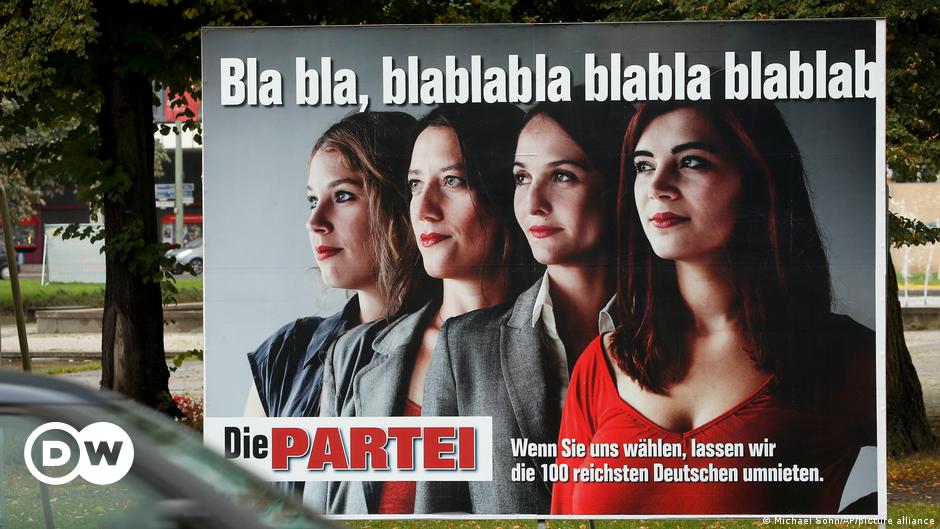- Mar 7, 2014
- 44,975
- 9,072
- 2,030
I understand.
But you're kind of talking apples and oranges - the issue of districting is different from the issue of representation.
We, right now, have 535 people representing 350 million, and that's just ridiculous. I think we need smaller classroom size, if you gnome sayin - and perhaps an additional tier, like the House could become the Upper House and the Lower House. The math says we get optimal representation at around 100,000 people give or take, so basically ten times the number of representatives.
But that's different from the shape of the red in the map of Florida, right? I mean, who the heck could put together something that nutty looking and try to claim that it represents "common interest"? Right?
So .. envision what happens, if we break up that red area into 10 parts. Now the geography starts looking a little more reasonable, and workable. Right?
And now, we have something a lot "closer" to what you're talking about. Not perfect, but considerably closer.
What do you think?
There are reasons we don't want to go all the way, we can talk about them if you wish...
I don't think it matters how many people you have representing you.
If you look at Denmark, where they have a 2% cut off with Proportional Representation, they have 10 political parties in the Folketing.
If you look at Germany, they have a 5% cut off and 6 political parties in the Bundestag.
In Denmark 25.9% of people voted for the traditional left party.
In Germany 25.7% of people voted for the traditional left party.
In Denmark 23.4% of people voted for the traditional right party.
In Germany 24.1% of people voted for the traditional right party.
Not much difference. People are voting for parties. Germany has 736 seats and Denmark 176 seats. Denmark has 5.8 million (0.00303) people and Germany has 83 million (0.00089%). So Denmark has far more representatives per person than Germany, doesn't make much difference.
What makes a difference is the CHOICE people have.
In Germany people have the VIABLE choice of 6 parties because the system says so.
In Denmark people have the VIABLE choice of 10 parties because the system says so.
In the US people have the VIABLE choice of 2 parties because the system says so.
In Denmark two parties have 4 seats, one has five seats. They have a voice. They can join together with other parties and get their voice. In the US they can't. Their voice is lost in money because FPTP is easier to manipulate.
In German the cost of the WHOLE election is less than one Senate race in the US.

The secret to Germany's thrifty elections – DW – 08/09/2021
Tax money, no limits on donations and somehow campaigns that are much cheaper than in many other countries — DW examines how German parties get their money.
" In 2017, the last time Germany held a parliamentary election, parties spent €92 million ($109.6 million) combined on their election campaigns, according to the Federal Statistical Office. "
$109 million, for the whole German federal election of 2017.

Nine of the 10 most expensive Senate races of all time happened in 2020
Nine 2020 Senate races broke spending records and incumbent Republicans won the majority. Nine of the most expensive races of all time.
$298 million is the most expensive race. $180 is the 10th most expensive race. I mean, why?
Because US elections are compartmentalized. You can make a difference with one change of seat, or keeping one seat. With PR this is impossible. One area doesn't change everything. People don't get disenfranchised because the system says so.
